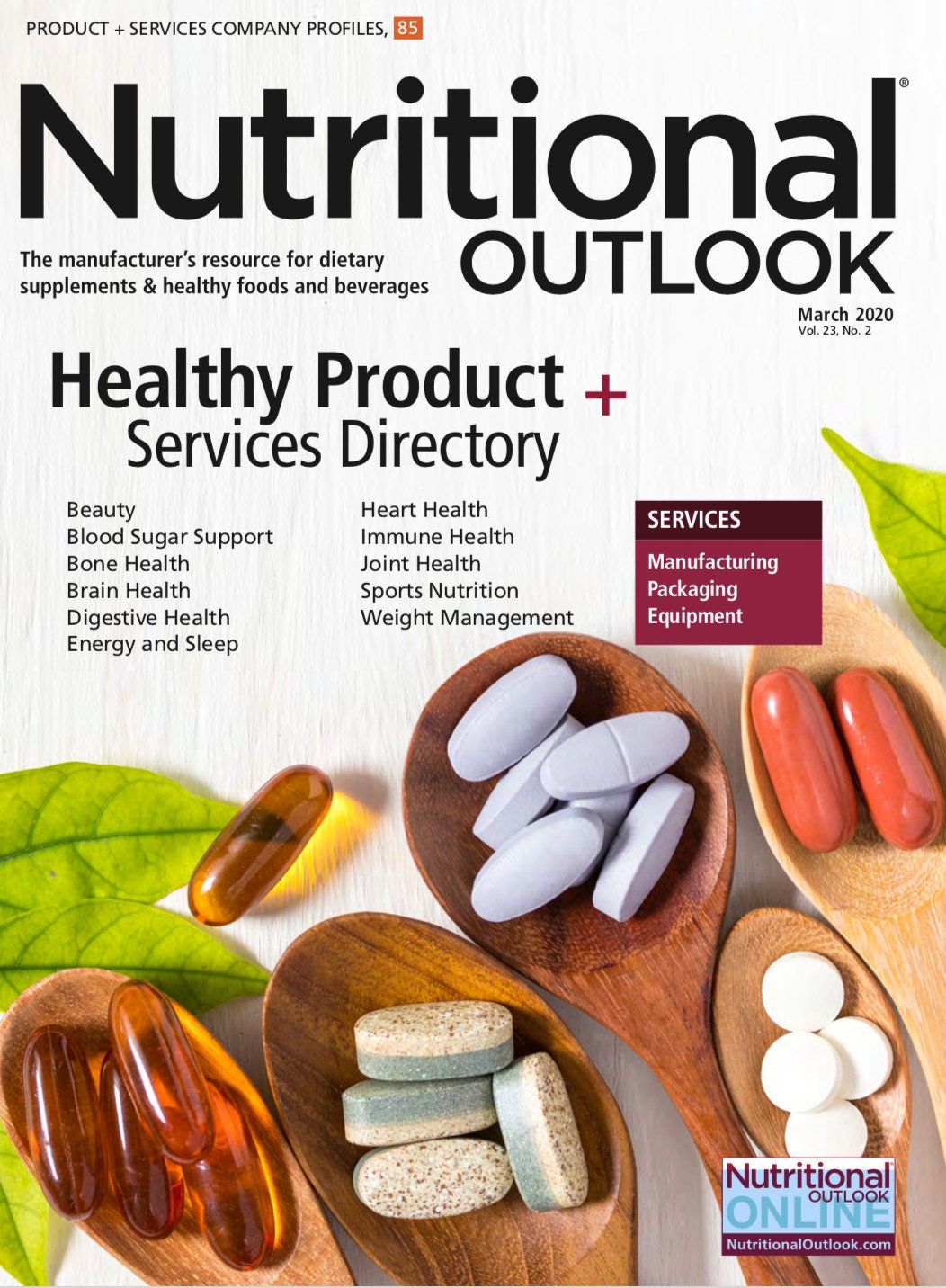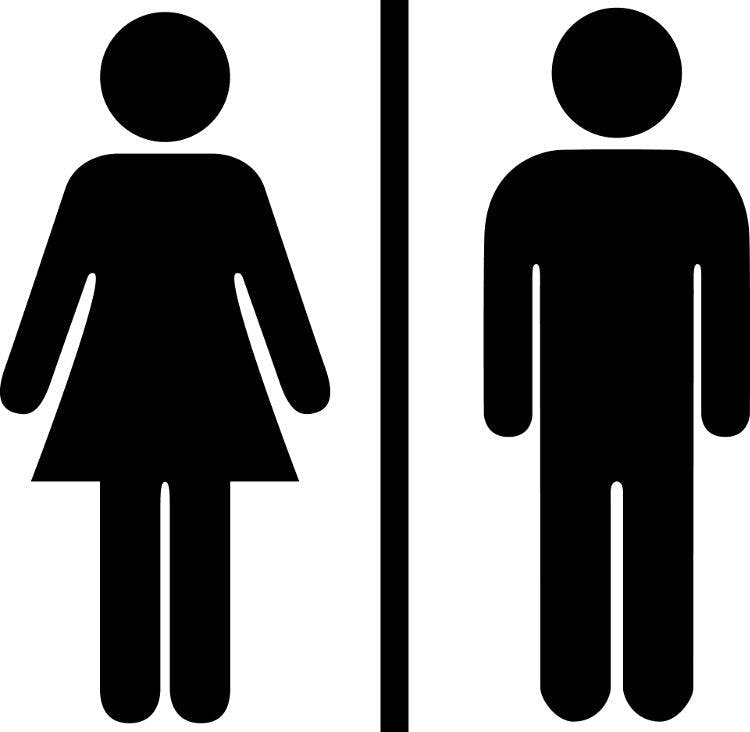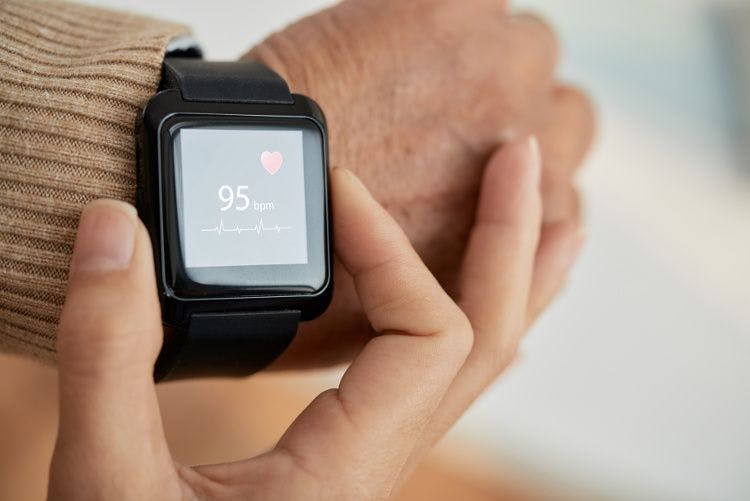Is genderless marketing a new form of personalization?
In some product markets that have been very gender-specific, more marketers are now focusing on developing products that solve a target health problem, regardless of gender.
Photo © Arcady - Stock.adobe.com

Nutritional Outlook’s second annual Healthy Product + Services Directory issue (March 2020 issue) takes stock of key influencers driving some of the nutraceutical market’s biggest health categories. One through line is that the nutraceutical customer continues to seek personalized products that better meet his or her health needs.
But what does personalization really mean-and what are the different degrees of personalization? In some health markets, for instance, personalization still very much falls along gender lines: men’s products catering to men, and women’s products specifically designed for female needs.
But in other markets, personalization is evolving into more of a genderless concept. That is, instead of designing products according to gender, product makers are instead focusing on developing products that solve a target health problem, regardless of gender.
One of the markets in which genderless marketing is really taking hold is the beauty market. In a Euromonitor International Market Research Blog published last September, blog author Olivia Stelmaszczyk wrote: “The beauty and personal care industry has a long-lasting history of differentiating products according to gender. However, due to changing consumer values that place less emphasis on distinct male-or-female characteristics and more emphasis on inclusivity, this traditional gendered approach is changing in the United States.” Unisex fragrances have already been on the beauty market for years, but Stelmaszczyk said genderless products are increasingly including everything from skincare and color cosmetic makeup to personal care products.
Euromonitor isn’t the only market researcher to call out this emerging trend. In a Mintel Blog post published last November, author Irina Ene, Mintel’s beauty innovation coverage manager, also highlighted the emergence of genderless beauty brands. One such brand, called Flaunt Body, offers skincare solutions for a problem both men and women face: ingrown hair. The company markets itself as “versatile, unisex, effortless skincare.” Another company Ene highlighted in her blog is a color cosmetic company called Depixym, which sells genderless color makeup, made “For Him. For Her. For Them.”
This approach to personalization-focusing on need state rather than gender-could be a bigger influence in the beauty industry moving forward. In a Mintel Blog on the topic of personalization and the future of beauty, author Roshida Khanom, associate director for Mintel Beauty & Personal Care, wrote: “Perceptions of the ‘beauty ideal’ based on age, skin, hair, or body shape are changing. Brands should focus on people’s behavior instead of simplifying complex human beings into a demographic. Consumers are more than just a ‘generation’, ‘age group,’ or ‘gender’-they are individuals. Ultimately, beauty personalization should allow them to express their unique character, while offering clear benefits.”
In the beauty aisle at least, genderless beauty offers some tangible benefits. Where consumers are concerned, for instance, Euromonitor’s Stelmaszczyk said that genderless marketing can help female customers sidestep “the pink tax”-the theory that marketers can and often will charge higher prices for products marketed specifically to women, even though there is no material difference from lower-priced versions sold to men (such as pink razors).
Genderless marketing also provides benefits to companies, Stelmaszczyk said. “As a fiscal opportunity, a gender-neutral approach also widens a brand’s target audience and increases the potential for sales,” she wrote. Genderless marketing is increasingly embraced by newer generations of consumers, said Stelmaszczyk: “Another important factor contributing to the rise of genderless beauty products in the United States is changing consumer values related to gender, with Millennials, born between 1985 and 1994, and Generation Z, born between 1995 and 2009, driving these changes. Compared to their Baby Boomer parents, a subset of American Millennial families are seeking to rebalance traditional gender roles between mothers and fathers, husbands and wives, and partners and spouses, pursuing a lifestyle for their children that is less fraught with gender stereotypes.”
In the end, genderless beauty comes down to one thing, “prioritizing product functionality,” she wrote. And although genderless marketing may already be a part of some markets but not be right for others, all product marketers can at least agree that product functionality always comes first.

Prinova acquires Aplinova to further increase its footprint in Latin America
April 7th 2025Prinova has recently announced the acquisition of Brazilian ingredients distributor Aplinova, which is a provider of specialty ingredients for a range of market segments that include food, beverage, supplements, and personal care.

























